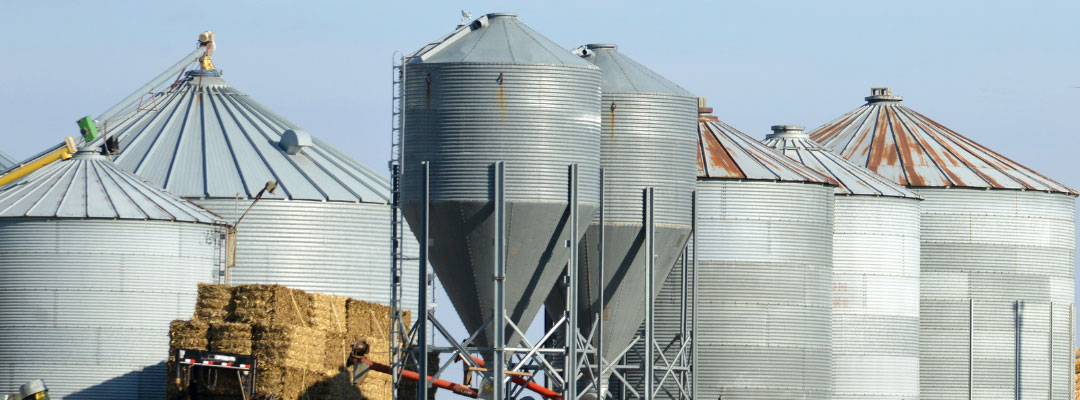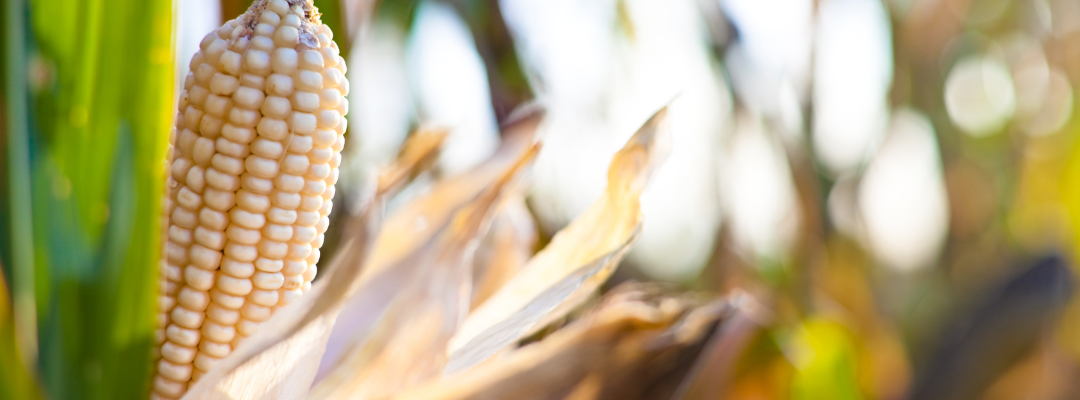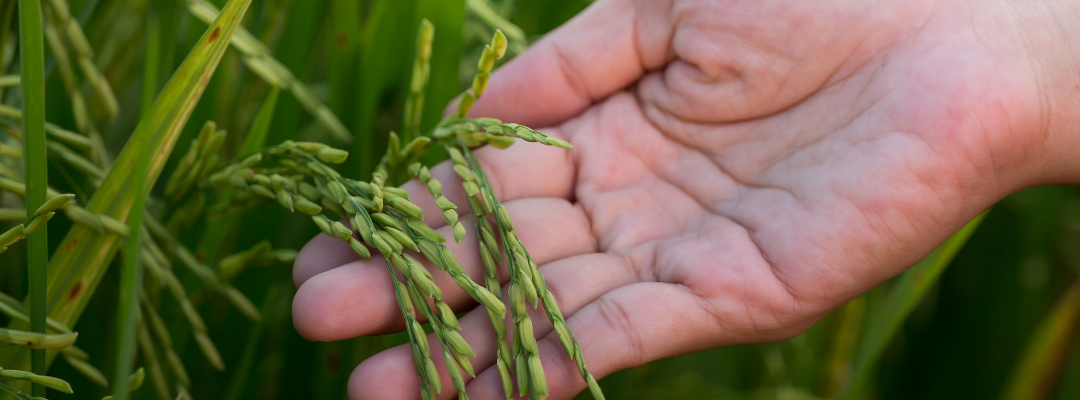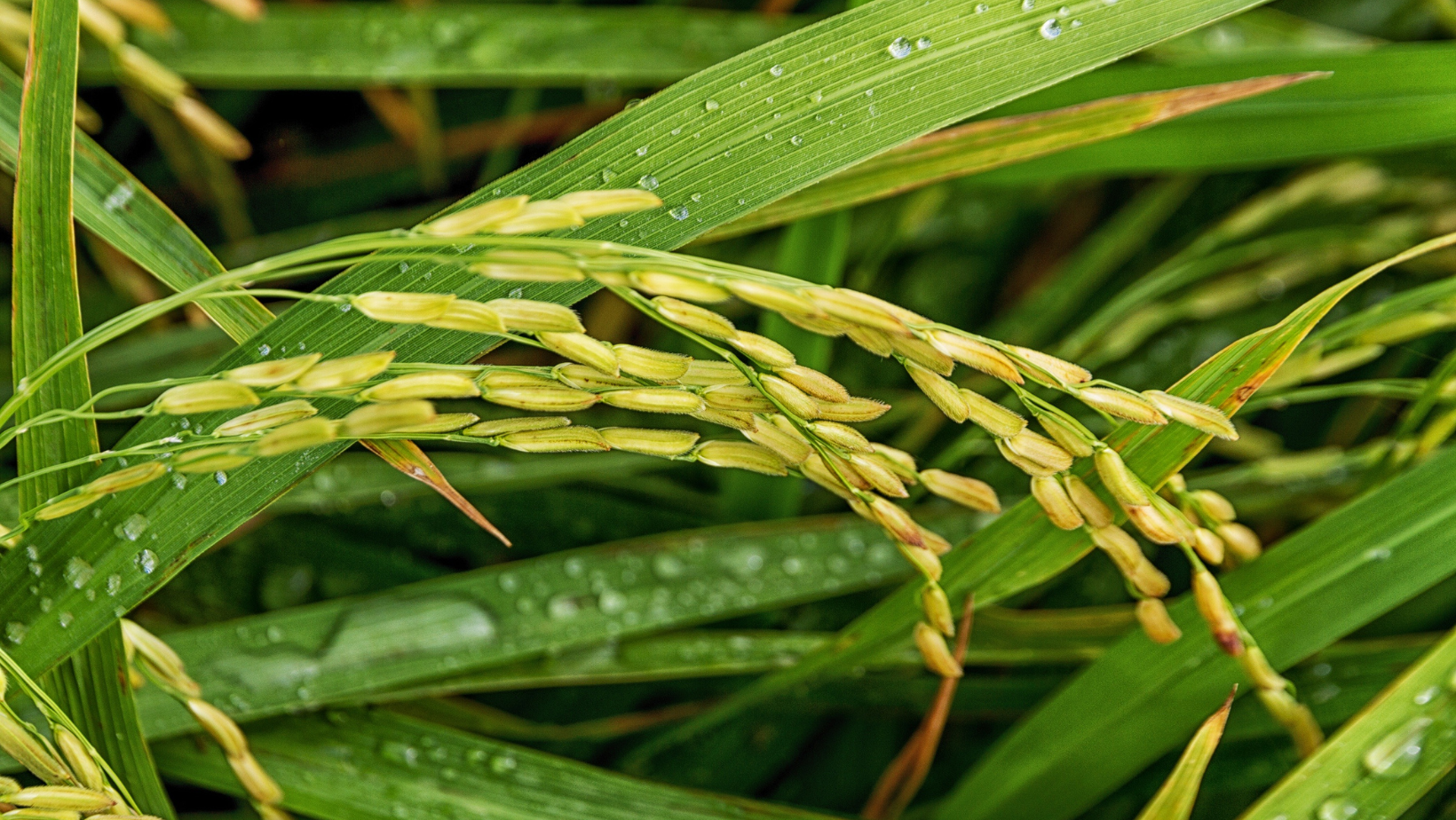On-farm grain storage can provide multiple benefits to producers. One of the major benefits is increased marketing flexibility. Grain storage allows producers to take advantage of the seasonal nature of grain prices. Typically, grain prices are at the lowest point shortly after harvest when supplies are the greatest, and then prices increase as supplies draw down throughout the rest of the marketing year. Figure 1 shows this seasonal change in grain prices in the Mid-South Delta for corn and soybeans. On average, from 2014-2021, corn prices were nearly 25% higher in the month of June compared to October, and soybean prices were nearly 15% higher in June compared to October. While the idea of seasonal grain prices holds, on average, each year is different. For example, in 2019, June corn prices were 19% lower than October, and June soybean prices were 3% lower. The next year, 2020, saw large returns to storage — corn prices increased by 79%, and soybean prices increased by 43% from October to June. Having the ability to include storage in a marketing plan provides the possibility for higher returns for most years.
Figure 1. Monthly Delta Corn and Soybean Cash Price Indexes as a Percent of October Prices, 2014-2021 Average

On-farm grain storage also provides greater flexibility where grain can be sold. Many southern states have large poultry, distilling, ethanol, and livestock industries that buy grain throughout the year but may not have substantial on-site storage. Having on-farm storage allows producers to take advantage of these on-demand markets. It is important for producers to know the on-demand markets in their area and be on contact lists for those purchasers.
Harvest can also be completed faster with the addition of on-farm storage. Given harvest risks, such as hurricanes in the Southeast, valuable time can be saved by not having to transport grain to an off-farm storage facility or wait in lines at elevators, barge points, or other end users.
While on-farm storage provides greater flexibility, it does come with some disadvantages. The biggest disadvantage is the size of the initial investment needed to build a storage facility. Additional considerations must be given to the cost of extra drying, shrinkage, quality deterioration, and increased handling costs.
Since 2000, southern states have added 28.5 million bushels of on-farm storage capacity. Figure 2 shows the on-farm storage capacity as of December 2021, and the average total corn, soybean, and wheat production from 2017-2021 for each southern state. Kentucky has the highest on-farm capacity with 240 million bushels, which is 66% of the state’s average corn, soybean, and wheat production. Georgia has the highest percentage of on-farm storage capacity as a percent of production at 87% followed by Arkansas at 81%, likely driven by historically well-established poultry industries in each state. On-farm storage capacity is not reported for Florida, Louisiana, and South Carolina. Overall, many southern states have room to expand on-farm storage opportunities given the current level of grain production.
Figure 2. 2021 On-Farm Storage Capacity and Average Total Corn, Soybean, and Wheat Production from 2017-2021 by State

Note: On-Farm storage capacity not reported for Florida, Louisiana, and South Carolina.
Maples, William E.. “On-Farm Grain Storage in Southern States“. Southern Ag Today 2(38.1). September 12, 2022. Permalink








